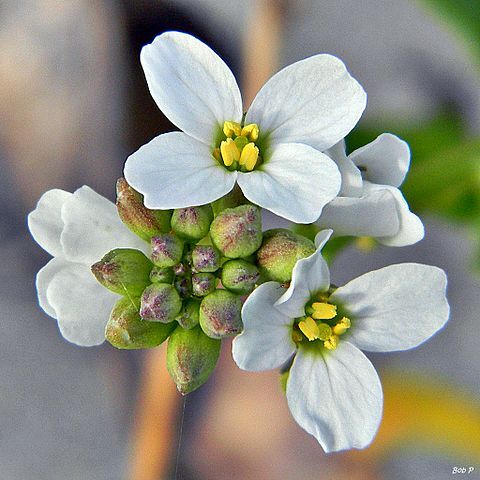Annual; stems coarse, decumbent, 2-6 dm. long, glabrous; leaves with a very slender petiole, narrowly elliptical to linear-oblanceolate, dentate, acute to obtuse, 3-6 cm. long, glabrous; flowers small, ca. 5 mm. long; petals white; fruiting pedicels divaricate, thick, 2-4 mm. long; siliques linear, lower joint nearly cylin- drical, 3-4 mm. in diameter, 1 cm. or less in length, obscurely nerved; upper joint lanceolate, subterete to slightly flattened toward apex, 1.5-2.5 cm. long; seeds oblong, wingless, plump, ca. 3.5 mm. long, 1.5 mm. wide.
A herb.


